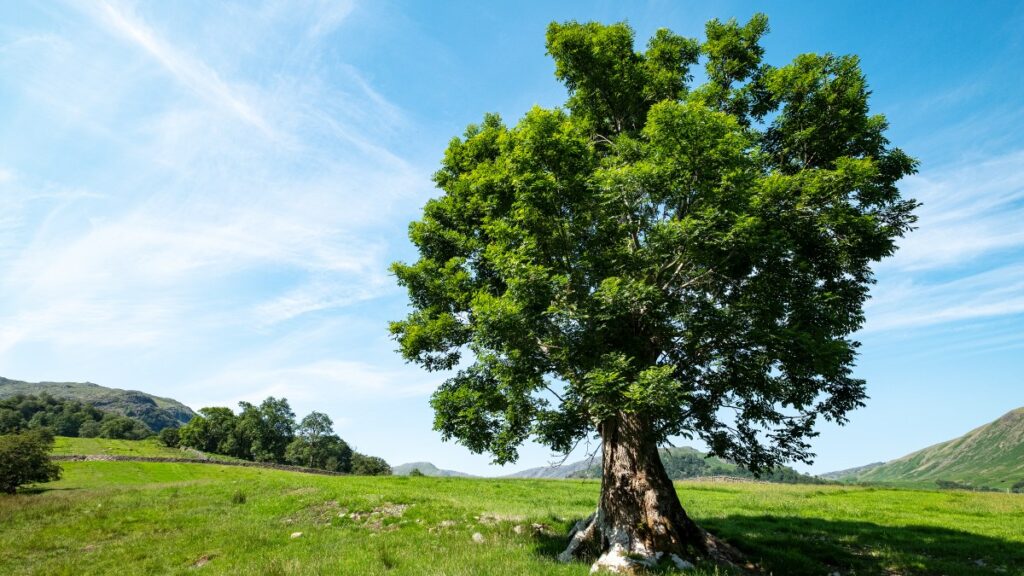
GLASGOW, UK – Britain’s ash trees are demonstrating a remarkable evolutionary adaptation, showing resistance to a lethal fungus that has long threatened their existence, according to a new study.
Immediate Impact
The discovery offers a glimmer of hope for the survival of the ash tree species, which faced the potential of near extinction after the ash dieback disease was first documented in the UK in 2012. Experts had warned that the disease could eliminate up to 90% of the country’s 150 million ash trees, significantly altering the landscape.
Key Details Emerge
Researchers from the Royal Botanic Gardens, Kew, and Queen Mary University of London conducted a comparative analysis between older ash trees and younger saplings. Their findings indicate that natural selection is favoring genetic traits in younger trees that enhance their ability to withstand the fungus.
“This evolutionary process gives us hope that the species could survive in the long term,” said Dr. Jane Smith, lead researcher from Kew Gardens.
By the Numbers
- 90% potential ash tree loss predicted in 2012
- 150 million ash trees in the UK
- Ash trees constitute 12% of the UK’s broadleaf woodland
Expert Analysis
Dr. Smith explained that the genetic differences observed in the saplings suggest a natural resilience that could be crucial for the species’ survival. “Our research highlights the importance of preserving genetic diversity within species,” she noted.
Background Context
The ash dieback disease, caused by the fungus Hymenoscyphus fraxineus, has been a significant concern for conservationists and ecologists. The fungus spreads rapidly, causing leaf loss and bark lesions, eventually leading to the tree’s death.
Regional Implications
Felling operations have been undertaken in regions like Lower Woods, Gloucestershire, to curb the spread of the disease. These efforts, combined with the natural evolutionary resistance observed, could play a pivotal role in managing the disease’s impact.
What Comes Next
Looking ahead, researchers are optimistic about the potential for breeding programs that could enhance resistance traits in ash trees. “By focusing on these resilient traits, we can work towards a future where ash trees continue to be a part of our landscape,” Dr. Smith added.
The study underscores the dynamic nature of evolution and its critical role in species conservation amid environmental challenges. As scientists continue to monitor and support these natural processes, the future of Britain’s ash trees appears more hopeful.







